In BoE Quarterly Inflation Report, the overall economic projections are rather dovish with downgrade in growth and inflation forecasts. Unemployment rate projections were revised higher. Meanwhile, the projected Bank rate was also revised lower across the forecast horizon. It’s now suggested that BoE may only hike once, within the forecast horizon, possibly in 2020.
Four-quarter GDP growth:
- 1.5% in 2019 Q1, down from November forecast of 1.8%
- 1.3% in 2020 Q1, down from 1.7%
- 1.7% in 2021 Q1, unchanged
- 2.0% in 2022 Q1, new
CPI:
- 1.8% in 2019 Q1, down from 2.2%.
- 2.3% in 2020 Q1, down from 2.4%.
- 2.1% in 2021 Q1, unchanged.
- 2.1% in 2022 Q1.
Unemployment rate:
- 3.9% in 2019 Q1, unchanged.
- 4.1% in 2020 Q1, up from 3.9%
- 4.1% in 2021 Q1, up from 3.9%
- 3.8% in 2022 Q1.
Bank rate:
- 0.7% in 2019 Q1, down from 0.8%.
- 0.9% in 2020 Q1, down from 1.1%
- 1.0% in 2021 Q1, down from 1.3%.
- 1.1% in 2022 Q2, new




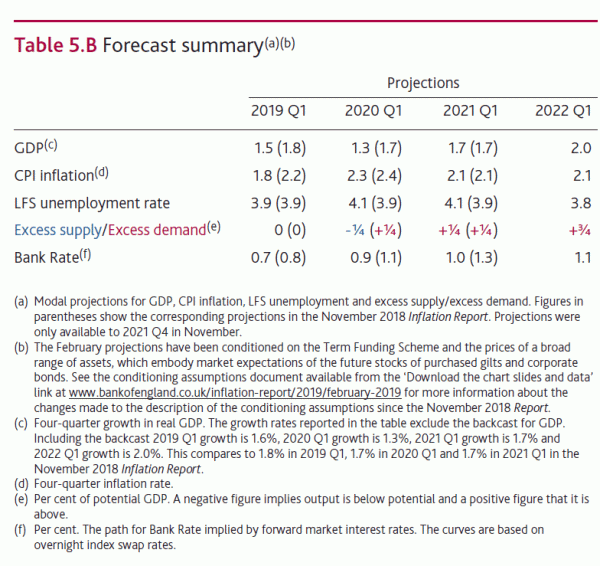
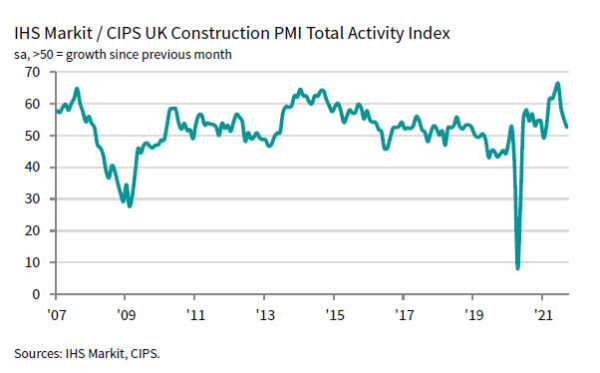
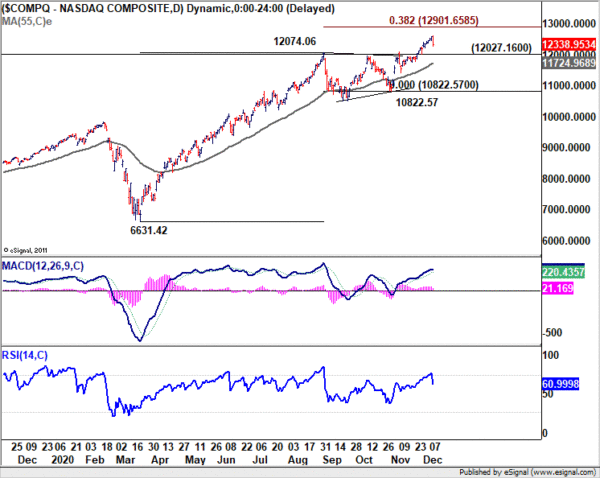
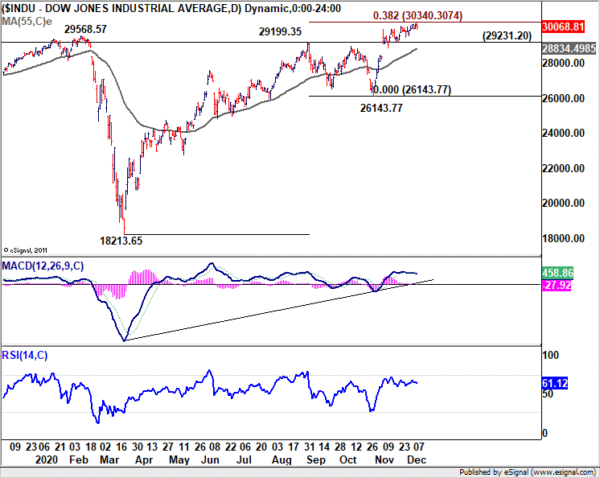
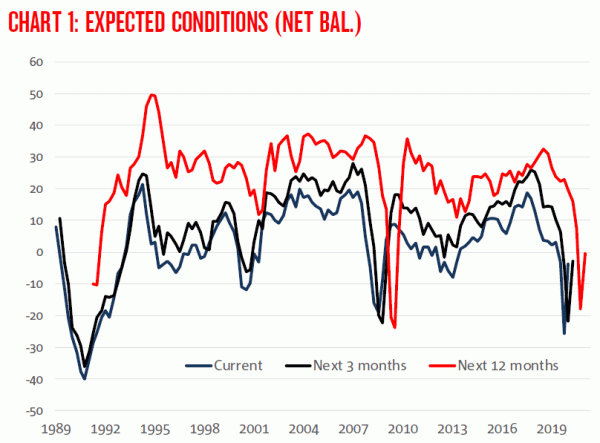
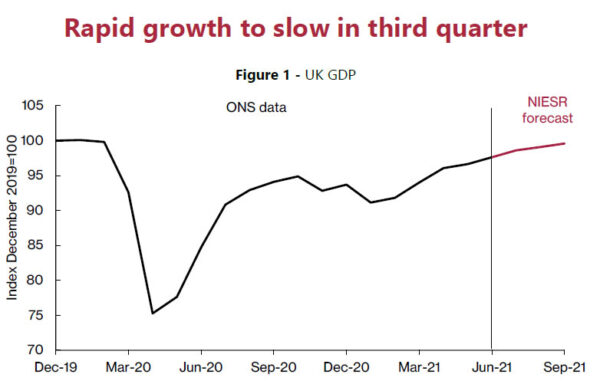
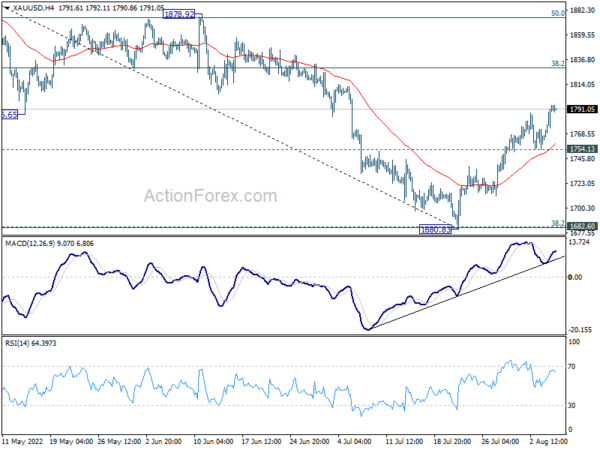
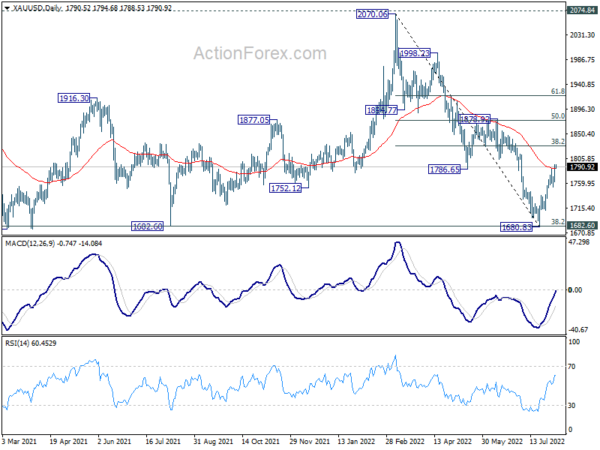
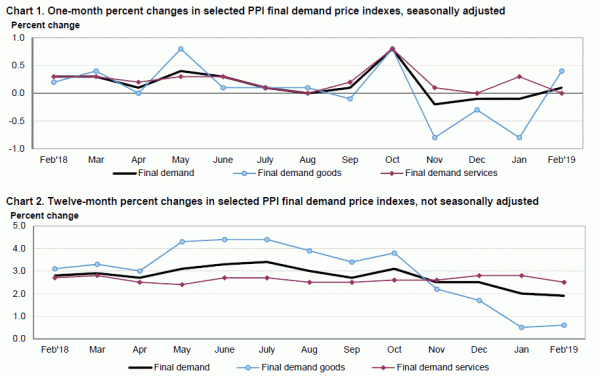
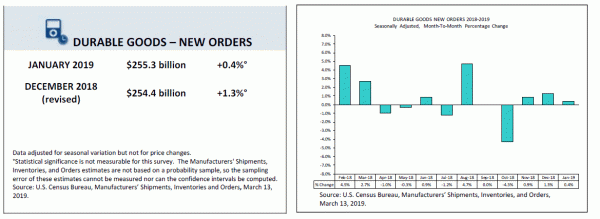
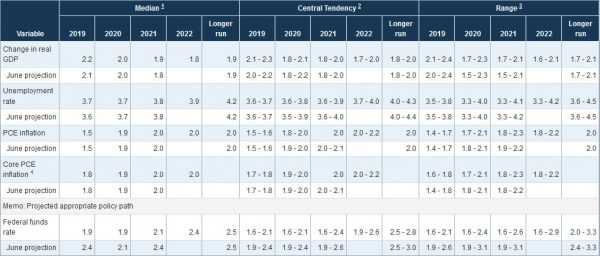

Gold pressing 1800 on downside acceleration, more decline ahead
Gold’s decline accelerates on broad based Dollar strength, and it’s now pressing 1800 handle. The strong break of 55 day EMA dampens our original bullish view. That is, rise from 1676.65 and fall from 1916.30 might both be legs of the consolidation pattern from 2075.18 only, which is still unfolding.
Deeper decline would now be seen to 61.8% retracement of 1676.65 to 1916.30 at 1768.19. Sustained break there will bring further fall to 1676.65 and below, to extend the pattern from 2075.18. Also, for now, risk will stay on the downside as long as 1855.30 support turned resistance holds, in case of recovery.